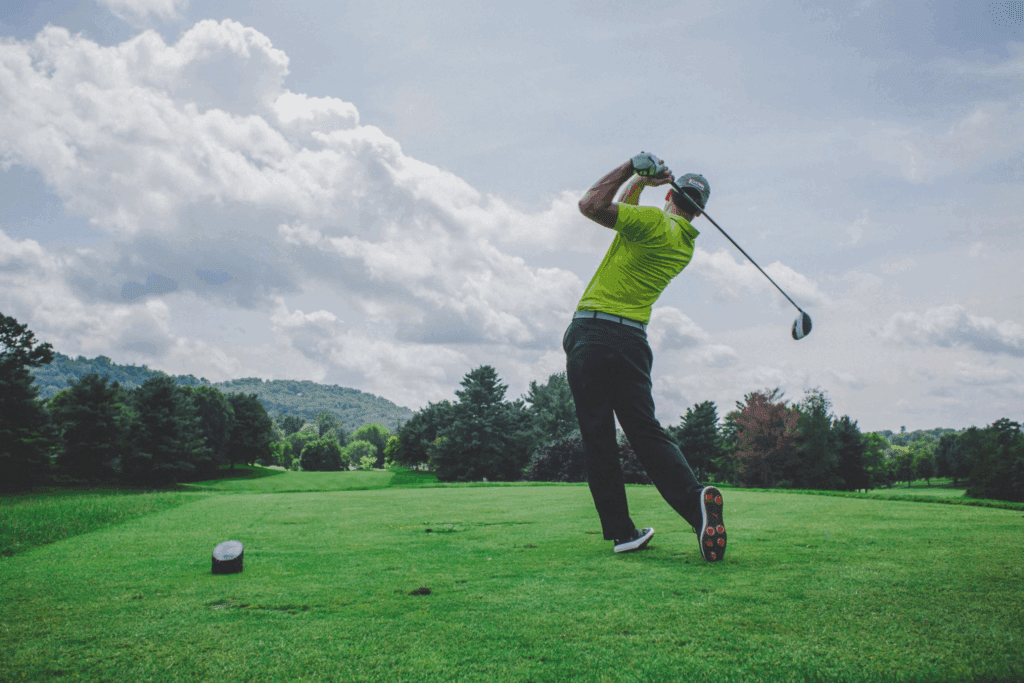
Sponsored Content | How the Right Golf Irons Can Improve Your Game and Reduce Injury Risk
Sponsored Content
True precision in golf doesn’t start in the swing, or on the range, it starts in the bag. Club selection is a major contributor that we leave out too much that plays a role in a golfer’s performance and physical comfort. In particular, golf irons can either elevate your game or can introduce strain into every shot; silently.
Not All Golf Irons Are Built for Your Swing
There is wide variation in swing style from player to player, and off the rack clubs don’t really take that into account. Golf irons that are too long, too stiff, not properly weighted or anything else ill suited to your game can disrupt timing, alter ball flight, and wear away on tendons and joints the longer you use them. Equipment that is properly fitted not only sharpens performance but also prevents repetitive motion injuries common to amateur players.
Fitting Enhances Control
Match Clubs to Your Natural Mechanics
When a set of irons matches your physical build and swing path, timing and ball contact become more consistent. Launch angle, spin rate, and carry distance can all benefit from tailored specifications. Shaft length, lie angle, and grip size influence not only how the club behaves but how your body compensates through the motion.
Injury Prevention Through Better Design
Reduce Strain Without Reducing Power
Excess tension in wrists, elbows, and shoulders often stems from compensating for unsuitable clubs. A poorly balanced iron forces players to adjust posture mid-swing, increasing pressure on soft tissue. Over time, this may lead to conditions like golfer’s elbow or lower back pain. Clubs calibrated to your body allow fluid movement and reduce biomechanical stress.
Material Matters More Than You Think
Choose Forgiveness Over Flash
While aesthetics and branding dominate golf marketing, the materials used in clubheads and shafts influence feel and forgiveness. Graphite shafts can absorb vibration better than steel, making them a wise choice for players recovering from injury or with limited mobility. Clubface design and perimeter weighting also help reduce the impact of mishits, limiting jarring feedback through the hands.
Improving Consistency with Custom Options
It’s Not About a “Better” Swing—It’s About a Smarter One
Swings shaped around unsuitable clubs often become inefficient. Golfers unknowingly develop habits to compensate for misalignment or incorrect weight distribution. Custom-fitted irons help eliminate that guesswork, allowing a more repeatable, reliable swing that puts less load on muscles and joints.
Progress at Every Level
Beginners Benefit as Much as Veterans
The advantages of proper fitting aren’t exclusive to low-handicap players. Novices often struggle with timing and posture, and clubs that match their physical needs can smooth the learning curve. Even high handicappers can experience greater accuracy and increased confidence from equipment that works with—not against—their natural tendencies.
How to Know It’s Time for a Fitting
Persistent inconsistency, lingering discomfort after a round, or declining distances despite good contact may all signal a mismatch between you and your irons. Visiting a club fitter equipped with launch monitor technology offers insight into ball speed, spin, and dispersion—all clues pointing to ideal specs.
Final Thoughts
It’s about getting your game and body in sync, then upgrading your irons. The result? A more fluid swing, less niggling injuries and a game that looks good on the scorecard and feels equally good physically. It will thank your body and your handicap.
TAGS

